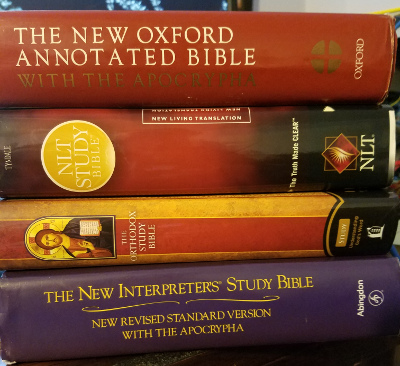Michael Patton on the Best Bible Version
I’m glad to see this, though I do disagree with a few points.
First, I don’t agree that using a formal equivalence translation means you are closer to the original. You are closer in some ways–reflecting the words and structure of the original language–yet you are often further in other ways, including reflecting the thought.
Second “word for word” is not the best way to describe formal equivalence. I prefer “form for form” but even that misses it just a bit. In formal equivalence translators attempt to approach the words and structure of the source language as much as is possible in the receptor language.
Third, I would not use “sentence for sentence” as a description of dynamic (or functional) equivalence. It’s somewhat difficult to define the term “word” in a way that is transferable between languages. Similarly, sentences may change. Even in formal equivalence, one Greek sentence might be translated by multiple English sentences, for example. I would say “thought for thought” would be closer to the truth.
Nonetheless, I think this is generally a helpful and balanced presentation.

Thanks for giving the information about the best version of bible…